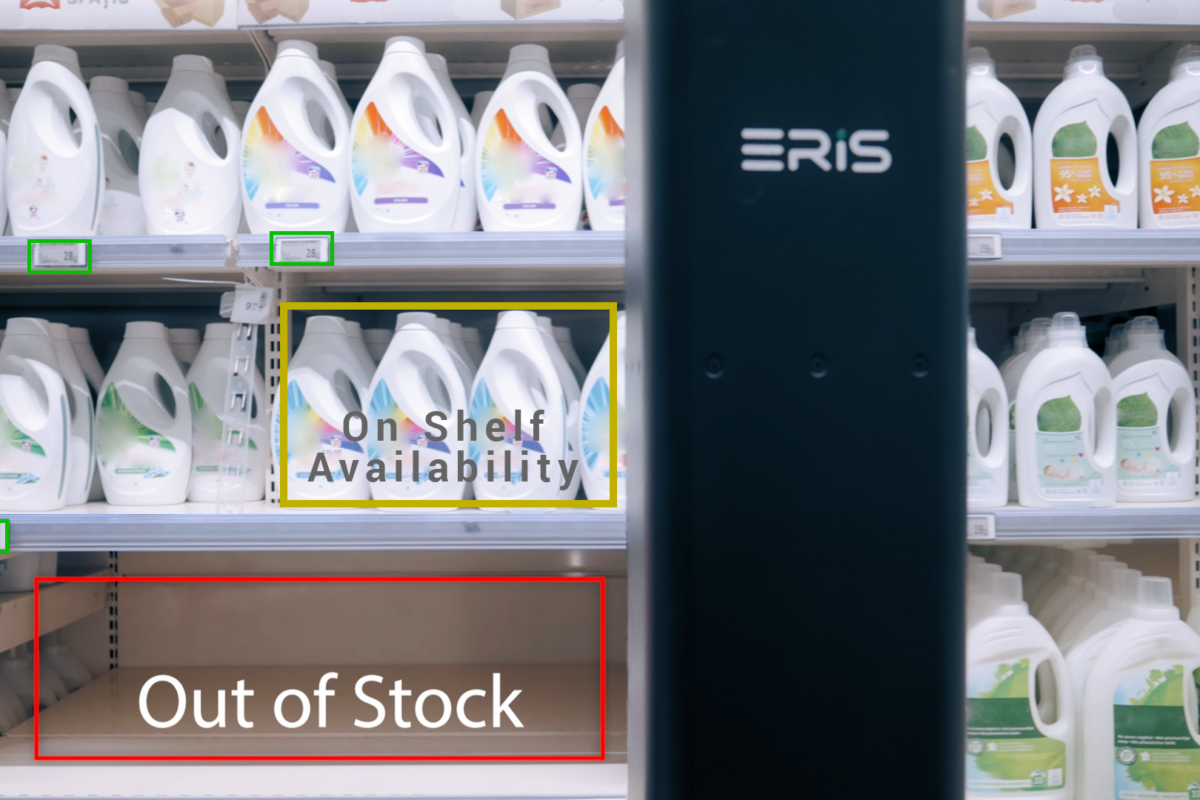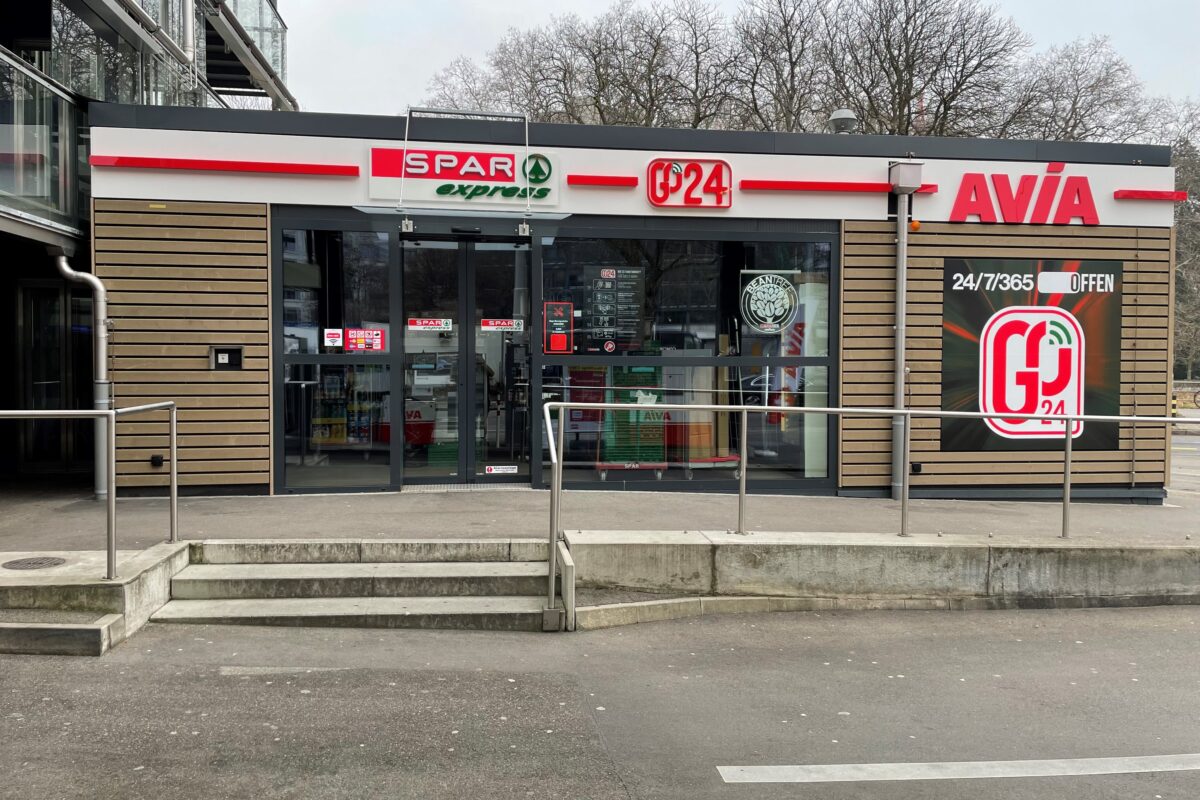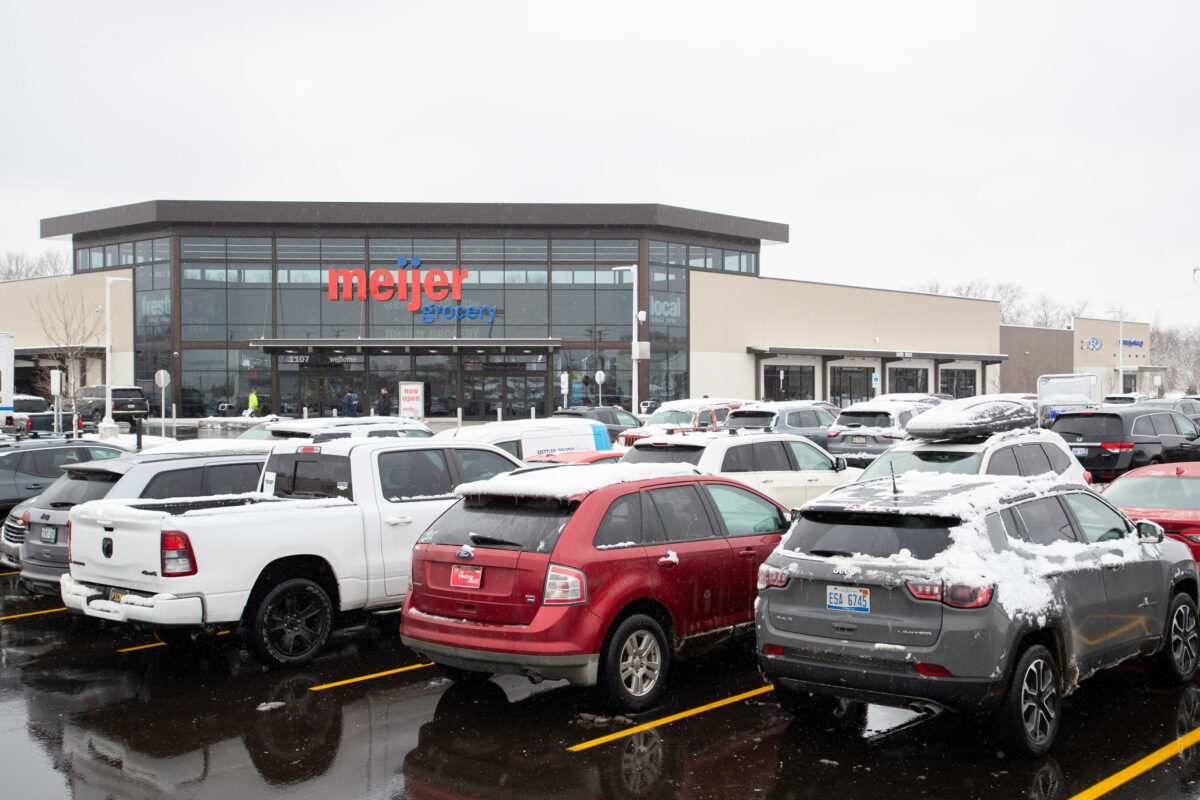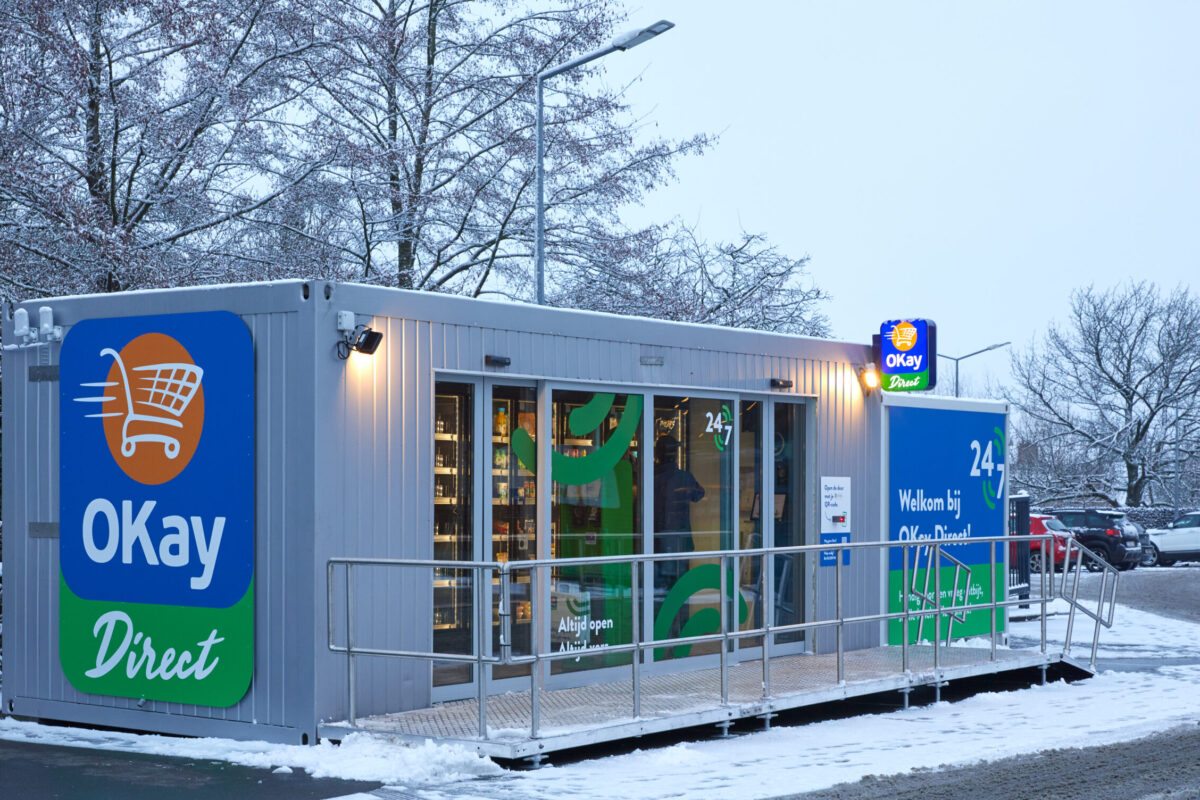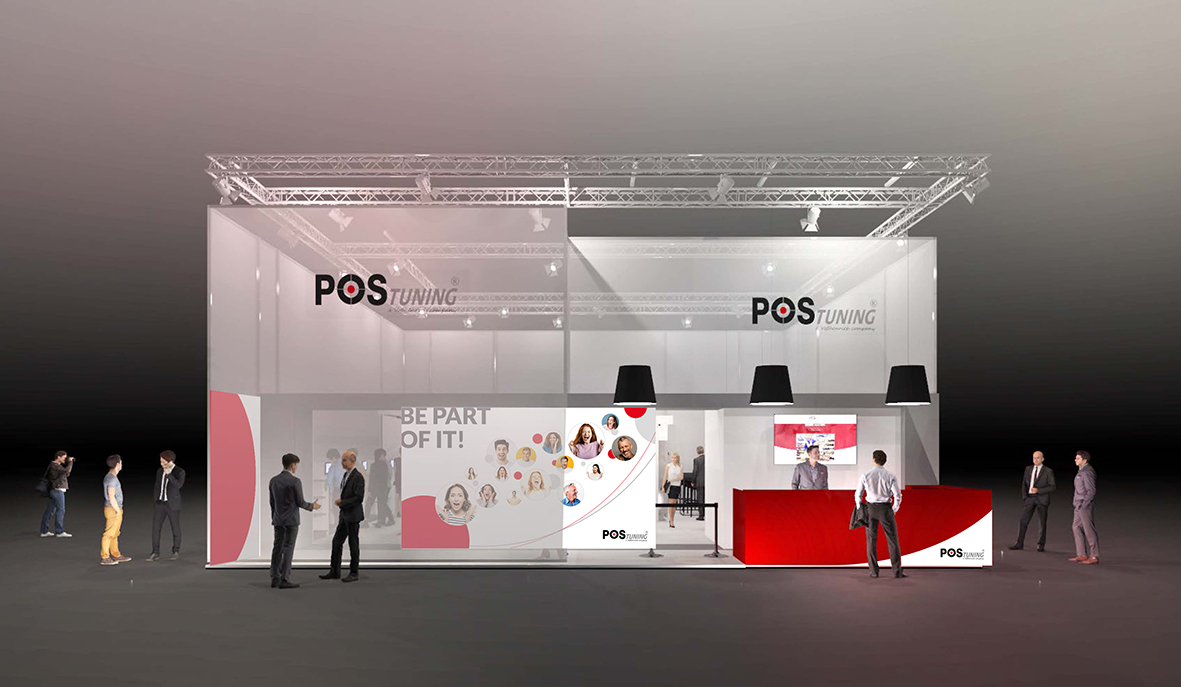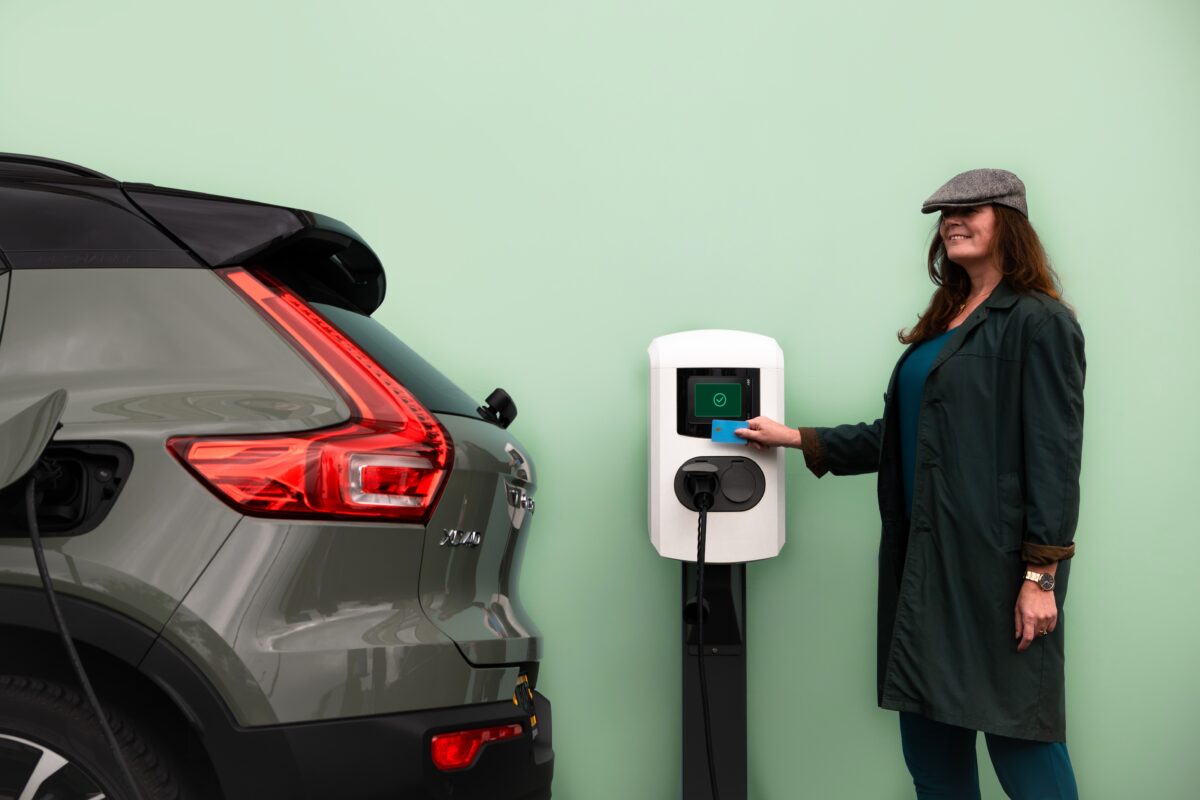Possible applications of radio-frequency identification in retail
by Katja Laska (exclusively for EuroShop.mag)
Invented to aid the air battles between Britain’s Royal Air Force and Germany’s Luftwaffe in World War II, it has moved on to benefit the retail industry. Modern RFID technologies are jack-of-all trades as sender-receiver systems for wireless and contactless identification that – quite literally – “dash” the hopes of the familiar barcode scanners. Here are some examples of RFID applications.
An RFID system consists of two components: a radio transponder – chip or tag – and a reader. How does it work? The former is attached to or stored in an object with an identifiable code. The latter can read the electronically stored identifier and other useful information.
Rethinking data collection
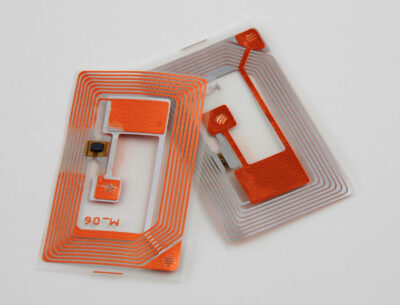
©PantherMedia/Albert Lozano
A variety of data can be stored on the electronic tag or chip: the name of the article, the serial or product number, the manufacturing date and/or the date the item left the plant, all transition steps and other desired or required information about the product and the path it takes from the producer to the consumer.
What makes this technology so special? RFID transponders can be tiny – sometimes as small as a grain of rice. This gives them an edge over conventional barcodes and scanners. What’s more, a barcode contains no programmed intelligence. It must always be read by a scanner, which must hover above to the barcode. RFID works with radio waves. The transponder transmits a response when prompted by the corresponding reader, which even works over long distances. Despite the small size of the devices, they deliver big benefits for logisticians, delivery services, retail chains and even online retailers. Next to lower acquisition costs, these advantages have put the technology (back) on the retail industry map, prompting it to “make waves” again for the past years. Where and how can the tool be used?
Inventory
Store inventory is typically counted manually at regular fixed intervals. RFID technology has revolutionized inventory management, which used to be tedious and took a long time and made it fast and easy. With RFID, no direct visual contact between the read-write unit and transponder is necessary, making it possible to identify and track items with chips while walking past the shelves. An entire room of inventory can thus be scanned within minutes.
Supplementary software solutions in addition to hardware give retailers even more options: they can practically eliminate inventory inaccuracies. This type of real-time monitoring helps close inventory gaps quickly. The system can facilitate automated reordering of high-demand products that are often sold out. This results in reduced personnel and warehouse costs and improved customer satisfaction because retailers know exactly where and when products are running low at the store.
By now, the technology is used along the entire value and supply chain. Many fashion labels and fashion companies like Marc O’Polo, Superdry, Zara or the Polish apparel retailer LPP – which also includes Reserved stores in its portfolio – already add tags to items during the manufacturing process. This facilitates easy monitoring of all shipments and every individual item from the production line, via logistics to the end consumer. Larger retailers like H&M have also adopted this tracking technology.
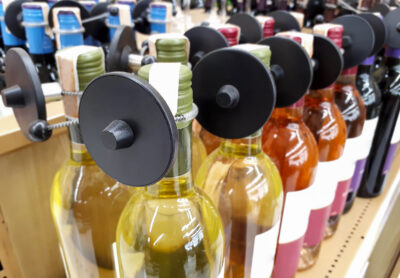
©PantherMedia / weerapat
The technology also serves security purposes if the shelf-ready chipped products are dispatched to stores. Thanks to RFID, retailers can track “fast-moving” goods: Sales data can be combined with video surveillance to track whether assets have left the store in larger quantities than the officially sold items would indicate, thus making theft immediately apparent. Apart from asset tracking, retailers can also track customer behavior, which provides answers to the following questions: Which items are consumers buying? Which products do customers remove from their shopping cart? Which aisles are especially popular, prompting customers to linger long and often? Which store areas motivate customers to pick up items? How does time of day and day of the week impact shopping behavior?
Touchpoints
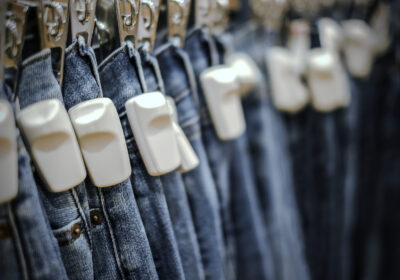
©PantherMedia / Myimagine
Empty shelves and in-store customer movement are not the only clues about consumer behavior. Retailers can also recognize customer needs by learning what’s happening in changing rooms. For several years now, the fashion industry has been experimenting with smart and virtual try-on solutions that utilize RFID. One option in changing rooms is smart mirrors customers use to interact thanks to RFID and touch. The magic mirror shows different colors, sizes or items that match the outfit if customers hold the garment in front of it. Customers can subsequently order garments into the fitting room or request direct shipment to their home. The German department store Kaufhof has relied on this technology since the early 2000s, but this does not mean the latter is considered outdated in 2021. Sportswear retailer Adidas recently opened its first flagship store in Dubai. Thanks to RFID technology, the venue takes consumers on an omnichannel customer journey.
Checkout
Paying without having to wait in line at the cash register: Just Walk Out-enabled stores are trendy all over the world. The COVID-19 pandemic contributed to the boost, but let’s face it: It’s terribly convenient if you don’t have to stand in line at the checkout, put the items onto the conveyor belt, only to put them back into the cart, and then fish for cash or a credit card in your wallet. RFID can also be an easy shopping solution in this setting: Hidden antennas in the wall identify cheese, pasta, tomatoes, or any other item the customer wants to purchase and then tally the total amount. The receipt is also digital. The shopper only does a one-time app installation on his/her smartphone and provides payment details. Since last year, customers can purchase sporting goods in a similar fashion at Decathlon in Zurich: Customers place their physical shopping cart inside a black slot next to the checkout station. The products are then identified and paid for within a few seconds.
RFID technology has clearly earned its top spot in supply chain management and product tracking. Yet despite its proven track record, it is not (yet) used comprehensively. When it comes to the checkout, the technology still lags behind other solutions that have entered the retail race in recent years. Here is one example of this: Since last year, Amazon offers its “Amazon Go” marketing strategy called “Just Walk Out” technology to other retailers. The stores use computer vision, sensor fusion and deep learning algorithms — like the technology found in self-driving cars. In other words, radio frequency is no longer the only way to “make waves” and reshape the retail industry. But if we learned one thing from the sports industry, it’s that athletes continue to compete to improve their global ranking or garner the best pole positions. To put it another way, never say never because everything is possible.
Interested in experiencing the latest RFID solutions for the retail sector? Technologies for Analytics and Seamless Stores are two of the HOT TOPICS you should not miss at EuroCIS 2022.






